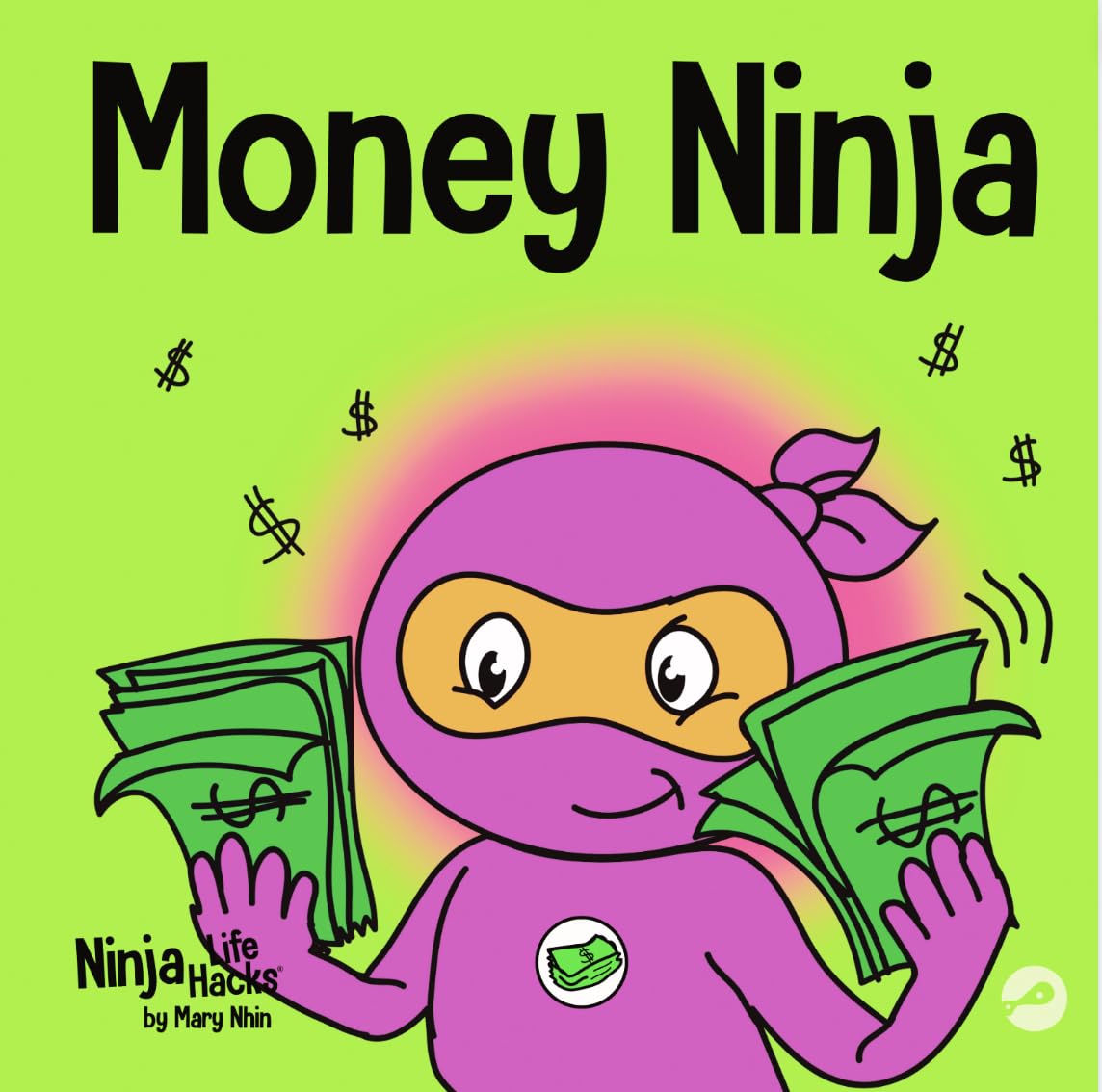Review of Money Ninja
As a passionate reader, particularly in the realm of children’s literature, I recently picked up Money Ninja from the Ninja Life Hacks series. I’ve always been drawn to educational children’s books that teach vital life skills through fun narratives, and the concept of exploring financial literacy for young readers is particularly intriguing to me. Money Ninja promised a comedic journey into saving, investing, and donating—topics that are all too often overlooked in traditional children’s books.
The narrative follows our clever protagonist, Money Ninja, who cleverly earns and saves money through fun ventures like a candy machine and a lemonade stand, all the while conveying important lessons on delayed gratification and generosity. I found the illustrations vibrant and captivating, which certainly supports the book’s mission of keeping children engaged while learning about pertinent money concepts. This aligns well with what many readers have said, including one who noted how their seven-year-old loved the book and appreciated its educational impact without imposing additional costs thanks to its availability on Kindle Unlimited.
One of the most remarkable positives I discovered while reading was the balance of humor with instructive content. Effective storytelling allows children to digest the nuances of financial wisdom, which is a challenging concept for any age group. In one scene, Money Ninja teaches his friend, Unplugged Ninja, the value of saving instead of spending impulsively on Pokémon cards. The message was delivered in a playful manner that kids can relate to, making it easy for them to grasp the concepts of saving and giving back. Many parents, like Barbara Mojica, echoed this sentiment, praising how the book is beneficial for fostering conversations about money among families.
However, not all aspects were flawless. One of the critiques pointed out by a few readers is that while the lessons are meaningful, the storyline at times felt a bit flat or repetitive. While I didn’t find this to be a major flaw, it’s worth noting that some might desire a more dynamic narrative structure. Furthermore, a reader commented on the artwork, suggesting that although it was colorful, it could be improved. Still, the illustrations successfully convey the playful essence of the story.
Overall, I have to agree with the consensus that Money Ninja effectively serves as a fun educational tool for children ages four to ten. This aligns with the book description highlighting that the Ninja Life Hacks series aims to help children learn valuable life skills in an entertaining format.
In conclusion, I found Money Ninja to be an engaging and valuable addition to the landscape of children’s literature. It accomplishes its goal of making complex topics like saving and investing accessible for younger audiences while still being enjoyable for adults who read alongside them. I wholeheartedly recommend this book as a resource for parents, educators, and anyone wishing to foster a deeper understanding of money principles in children. If you’re looking for a fun way to introduce financial literacy to your kids, look no further than Money Ninja. With its comedic flair and essential life lessons, it’s sure to spark interesting discussions and help lay the foundation for good financial habits.








